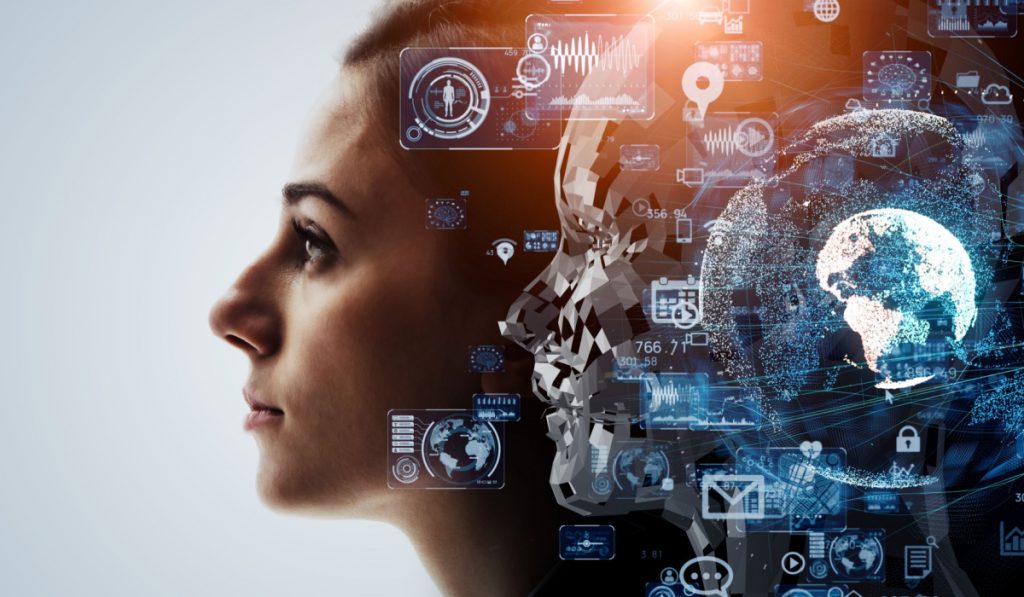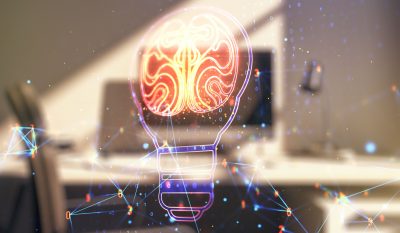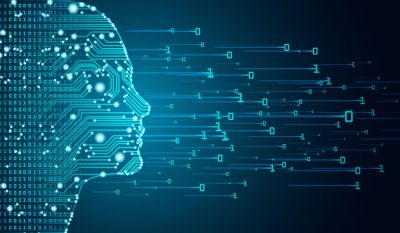Highlights:
- A new category of personalization solutions is being powered by machine learning, and these solutions are no longer held back by current or legacy issues.
- Machine learning-based personalization offers a more scalable and accurate way to achieve unique experiences for individual users.
With the buzzword Machine Learning (ML) having penetrated various aspects of our everyday life, human inputs have become minimal. ML holds the power to create opportunities from data and has emerged as one of the most sought-after fields of industrial revolution. A burning need for machine learning solutions has led to higher demand for them, which is why marketers have already altered the way they manage campaigns.
Personalization is known to provide better customer experiences and improved business outcomes. Personalization also allows an organization to enhance brand loyalty, grow sales, and increase efficiency by using data to create a more accurate, sophisticated, and individually tailored customer experience.
Let’s dive deep into learning how machine learning can improve the world of personalization. Machine learning-based personalization offers a more scalable and accurate way to achieve unique experiences for individual users.
Let’s first understand what personalization does and why it’s in demand.
Interesting statistics on personalization
Personalization is here to stay. Once a luxury, it has become a sine-qua-non in today’s digital economy:
- About 78% of marketers believe that personalization has a “strong” or “powerful” effect on consumer relationships. (Hubspot)
- Eighty per cent of the consumers are more inclined to purchase with personalization. (Hubspot)
- Ninety-three per cent of the organizations respect and appreciate personalization (DynamicYield)
Consumers love unique experiences – it means being treated the way they are. Every business seeks to demonstrate to its clients that it understands their interests, preferences, and intentions by providing them with relevant content and products that do not waste their time.
Fortunately, or unfortunately, getting a personalization program in place and running is a hard nut to crack. Consequently, machine learning algorithms can facilitate, automate, and speed up the process. Machine learning personalization is the new trend, and most businesses are adopting it to successfully deliver customer experience and satisfaction.
Overview on personalization
Personalization is prominent in the digital world that enables businesses to target the market worldwide with the goal to benefit the customers. At the core of personalization lies goal attainment, of course, customer-focused.
The central role of personalization is not confined to the company’s needs but focuses on allowing each visitor to consume the experience according to their preferences and assisting them in achieving their goals from moment to moment.
Challenges to personalization
There are three critical challenges to a personalized digital experience. Let us take a detailed look:
Integration of platform and systems: Creating a smooth, tailored experience across different customer channels, contact points, and internal systems is a complex process. Businesses are unable to revamp their current infrastructure and seek solutions compatible with their existing system. This creates an even greater separation between internal systems and leads to a fragmented consumer experience.
Information volume, complexity, and management: Frequently, businesses store client data in abundance that can be utilized to support a customized solution. However, for many companies, maintaining the quality of each unique dataset and combining data from various sets is challenging. Enterprises must go beyond primary customer data to offer an appropriate experience to the right consumer at the right time.
ROI limitations of rule-based recommendation systems: Existing personalization systems make suggestions based on simple, predefined principles. These systems are static and must be maintained manually. However, the problem is to create rules that are sufficiently particular to customer groupings to provide significant customization. As demands increase, the human effort required to maintain these solutions increases, resulting in a reduction in performance. This decreases consumer happiness and Return on Investment (RoI) as well.
Machine-learning-powered Personalization
To compete in the market, one needs to ramp up personalization efforts. The essence is to do it on a scale and to achieve this a manual marketing technology stack may not be sufficient. To deliver highly personalized experiences, you need to automate, and it is here that machine learning comes into the picture. With ML, companies can provide scalable ways to personalize any and all aspects of the work.
Machine Learning offers unique techniques that allow the personalization of services for the end user. Undoubtedly, every business aims to attain user experience and conversion. Marketers need to take note of this to achieve personalization and stay ahead of competitors. You must ensure that you are always one step ahead of the following algorithms, enabling you to accomplish personalization and putting you in the lead over your competition. Keep yourself abreast of the following algorithms:
Clustering algorithms: Clustering algorithms that cluster under the family of unsupervised machine learning algorithms are the type of machine learning algorithms that evaluate unlabeled data, separate it into groups with similar characteristics, and put it into clusters. It must be noted here that the nature of the task is subjective, meaning different algorithms can be used to solve it. K-means algorithm is the most sought-after. This machine learning approach is constructive in document categorization or requires consumer segmentation.
Regression Analysis: This is a supervised machine learning technique that is capable of determining connections between dependent and independent variables. This technique can be used to discover the strengths of predictors over dependent variables, predict the end results when independent variables change and forecast future trends.
Deep learning: Deep learning is the area of machine learning that has seen the most significant developments in the field over the past couple of decades.
Markov chains: Markov chains are used to demonstrate random processes statistically. It does not rely on historical information but describes events based on the process’s present state. They can analyze user activity on a website and produce navigation predictions based on that analysis. These predictions may then be utilized to personalize user experience. The Markov chain is a standard tool to quantitatively demonstrate the behavior of random systems. Since it makes use of real-time data, it is universally applicable.
Conclusion
It should come as no surprise that the application of machine learning technology has fundamentally altered the competitive landscape of the commercial world. Most businesses in today’s market believe that their goods and services should be customized to the individual customer. To attain just this, machine learning algorithms are used extensively in the processing and analysis of data to acquire insights into the behavior pattern of visitors.









